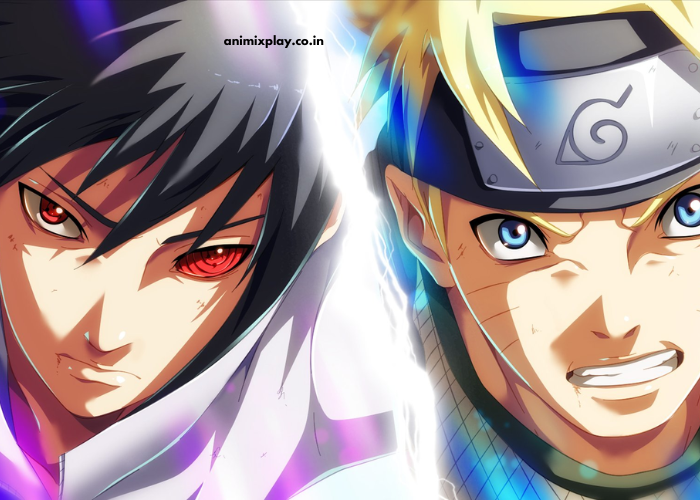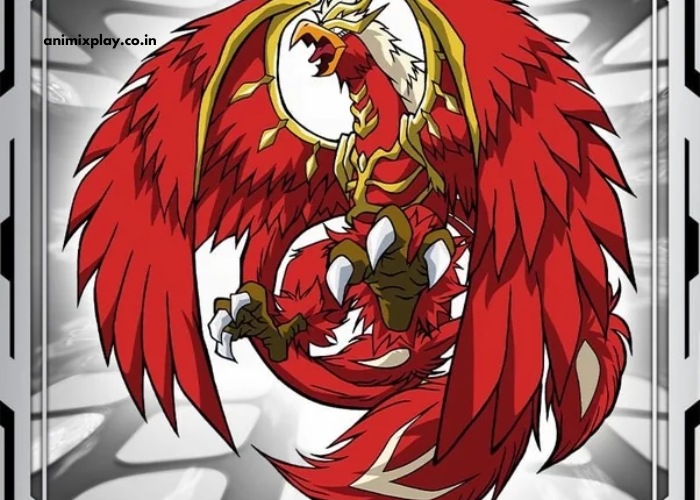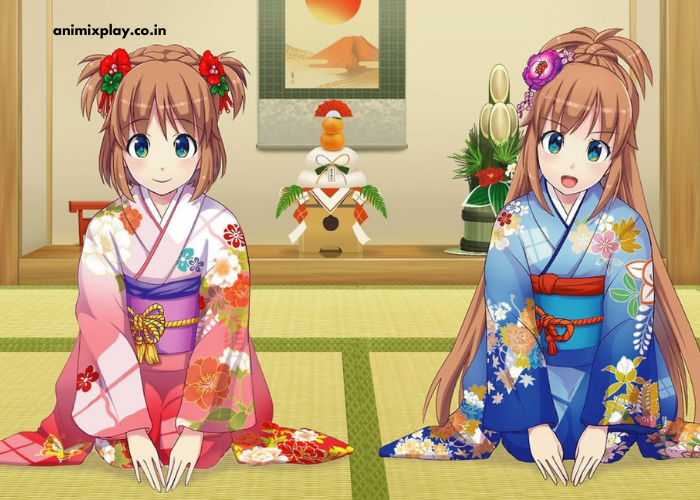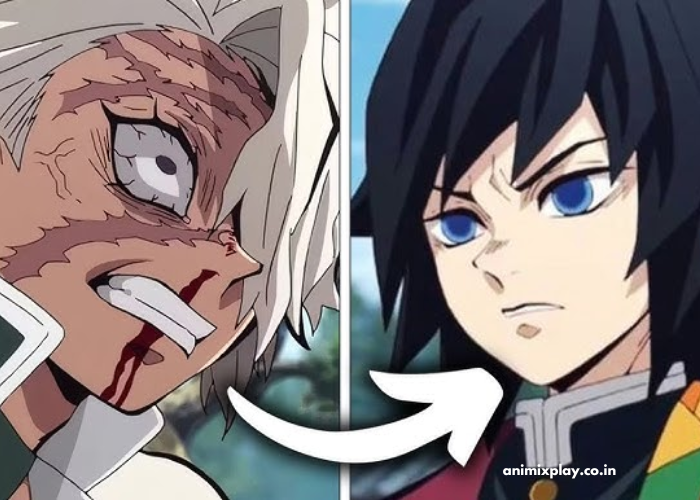Naruto Uzumaki, the main protagonist of the hit anime Naruto, is known for his distinctive facial features, which include a broad smile, bright blue eyes, and whisker marks on his cheeks. While these features may seem simple at first glance, they play a crucial role in reflecting his character development throughout the series. From his early days as an orphaned outcast to his transformation into a revered hero, Naruto’s face tells the story of his struggles, growth, and triumphs.
Understanding how his facial features change over time can provide deeper insight into his inner struggles, motivations, and the evolution of his character. In this blog, we will explore how Naruto’s face reflects his journey, showcasing the symbolic importance behind his unique look.
Key Points:
- Naruto’s facial features symbolize his resilience and determination throughout his journey.
- His whisker marks reflect his connection to the Nine-Tails, a crucial part of his identity.
- Over time, Naruto’s expressions evolve, reflecting his growth from a lonely child to a respected leader.
How Do Naruto’s Whisker Marks Represent His Connection to the Nine-Tails?
One of the most noticeable features on Naruto’s face is the three whisker-like marks on each of his cheeks. These marks are not just a unique aesthetic; they hold deep significance in the Naruto storyline. The whiskers are a direct result of Naruto being the host of the Nine-Tails Fox, also known as Kurama.
As a child, Naruto’s whisker marks were a reminder of his tragic fate. The Nine-Tails had attacked the Hidden Leaf Village years ago, causing immense destruction and loss of life. To protect the village, Naruto’s father, the Fourth Hokage, sealed the Nine-Tails within him, leading to Naruto becoming the Jinchuriki (host) of the beast.
Throughout Naruto’s early years, the whisker marks symbolize the burden he carries. While most people in the village fear him for this connection, Naruto himself embraces it, seeing the marks as part of who he is. His whiskers also symbolize his resilience and the internal conflict he faces as he learns to control the Nine-Tails’ power while retaining his own identity. As Naruto matures, his whisker marks remain a constant reminder of his strength, both physical and emotional.
| Feature | Naruto’s Whisker Marks | Symbolism |
| Appearance | Three whisker-like marks | Connection to the Nine-Tails (Kurama) |
| Significance | Represents burden and strength | Resilience in overcoming challenges |
| Evolution | Unchanged throughout the series | Constant reminder of his journey |
Reminder: Naruto’s whisker marks are more than just a physical feature; they represent his inner struggle and the external challenges he faces in accepting his role as the Jinchuriki.
How Does Naruto’s Expression Evolve Through the Series?
At the beginning of Naruto, his face is often filled with a mischievous smile or a pout, signifying his rebellious, carefree, and often misunderstood nature. He was constantly looking for attention, often resorting to pranks to get people to notice him. This reflects his deep loneliness and desire for recognition, stemming from his lack of family and friends.
As the series progresses, we see Naruto’s expressions change significantly. His wide, innocent grin gradually gives way to a more determined and serious expression, especially as he faces challenges that test his resolve. His face reflects his emotional growth, as he transforms from a naive child into a leader with a clear sense of purpose.
For example, in later seasons, when Naruto faces intense battles or personal loss, his expression becomes more somber, indicating the weight of responsibility he bears. These moments are pivotal in his character development, and his face shows the emotional toll these experiences take on him. As Naruto grows older and gains more wisdom, his facial expressions reflect his newfound maturity, his confidence, and his unwavering belief in himself and others.
| Stage in Naruto’s Journey | Naruto’s Expression | Meaning |
| Early Years | Playful grin, pouting | Desire for recognition, loneliness |
| Mid-Series | Determined, focused | Growth, taking on responsibility |
| Later Years | Calm, confident | Leadership, wisdom, emotional maturity |
Note: Naruto’s facial expressions are a key element in understanding his emotional growth. They serve as a visual representation of his inner transformation.
How Do Naruto’s Eyes Reflect His Inner Strength?
Naruto’s bright blue eyes are another iconic feature of his face. Throughout the series, his eyes undergo subtle changes that reflect his inner strength and emotional state. In his early years, Naruto’s eyes are wide and filled with innocence, symbolizing his desire for love and acceptance. However, as he grows older and experiences hardship, his eyes begin to convey more depth and determination.
One of the most significant changes in Naruto’s eyes occurs after he forms a bond with Kurama, the Nine-Tails. Initially, Kurama and Naruto had a volatile relationship, with the fox’s chakra causing Naruto significant pain and emotional distress. However, over time, Naruto’s perseverance, combined with his desire to protect his friends, leads to a mutual understanding between them. This evolution is reflected in Naruto’s eyes, as they become more intense and focused during battle.
In moments of great struggle, such as during his fight against Pain or Madara, Naruto’s eyes convey not only his determination but also his deep connection to his friends, his village, and his sense of justice. His eyes become a symbol of his resolve, courage, and unwavering commitment to protecting those he loves.
| Naruto’s Eye Evolution | Early Years | Middle of the Series | Final Stages |
| Expression | Wide, innocent, full of hope | Determined, filled with anger and resolve | Focused, confident, filled with wisdom |
| Symbolism | Desire for acceptance | Emotional conflict, growth | Leadership, maturity, inner peace |
| Key Event | Seeking recognition | Forming bonds with others | Saving the world, protecting loved ones |
Reminder: Naruto’s eyes are symbolic of his growth. They reflect his emotional and psychological journey, evolving as he faces increasingly difficult challenges.
How Does Naruto’s Scarring Affect His Face and Character?
In addition to his whisker marks, Naruto’s face is also marked by physical scars that reflect the pain and suffering he has endured throughout his journey. One of the most notable scars appears after his intense battles, particularly his fight with Sasuke at the Valley of the End. This scar is a reminder of the emotional and physical challenges Naruto has faced while trying to maintain his beliefs and his desire for peace.
These scars are not just physical blemishes; they signify the battles Naruto has fought, both internal and external. They represent the emotional struggles he has faced, such as losing loved ones, questioning his own worth, and overcoming the fear and hatred directed toward him due to his status as a Jinchuriki. Despite these challenges, Naruto’s scars only enhance his strength, symbolizing his survival and resilience.
As Naruto matures, these scars are no longer signs of weakness but of the experiences that have shaped him into the strong, compassionate leader he becomes. They reflect his ability to overcome adversity and emerge stronger each time.
Conclusion
Naruto’s face, from his whisker marks to his eyes and scars, serves as a mirror to his journey from an isolated, misunderstood child to a respected and powerful leader. Each feature carries its own symbolism and tells the story of his inner strength, resilience, and the bonds he forms along the way. The evolution of his facial features represents his emotional growth, his battles, and the lessons he learns about friendship, sacrifice, and hope.
By examining Naruto’s face in detail, we gain a deeper understanding of his character. His face is not just a set of physical features—it is a visual representation of the challenges he has faced, the people he has met, and the hero he has become.
FAQ’s
- Why does Naruto have whisker marks on his face?
The whisker marks are a result of Naruto being the host of the Nine-Tails (Kurama), symbolizing the bond he shares with the beast. - How do Naruto’s eyes change throughout the series?
Naruto’s eyes evolve from being wide and innocent to determined and focused, reflecting his growth and inner strength. - What does Naruto’s scar represent?
Naruto’s scar represents the emotional and physical battles he has fought and the resilience he has shown in overcoming adversity. - Why is Naruto’s face so important to his character development?
Naruto’s face symbolizes his journey, with each feature reflecting different aspects of his growth, challenges, and triumphs. - How does Naruto’s facial expressions change over time?
Naruto’s facial expressions evolve from playful and mischievous to serious and determined, reflecting his emotional growth and maturity.




